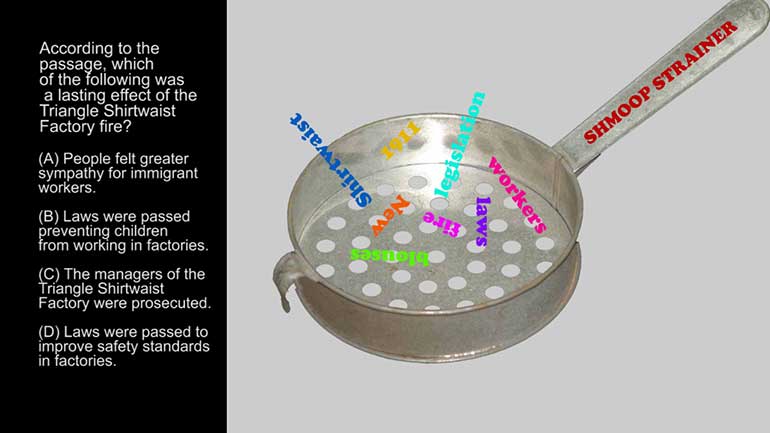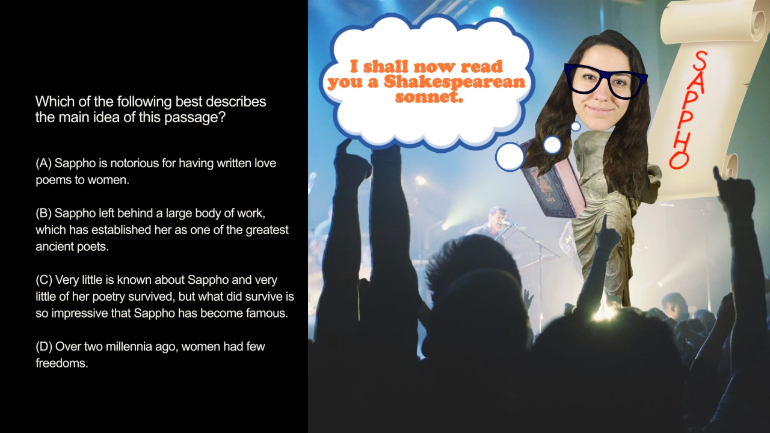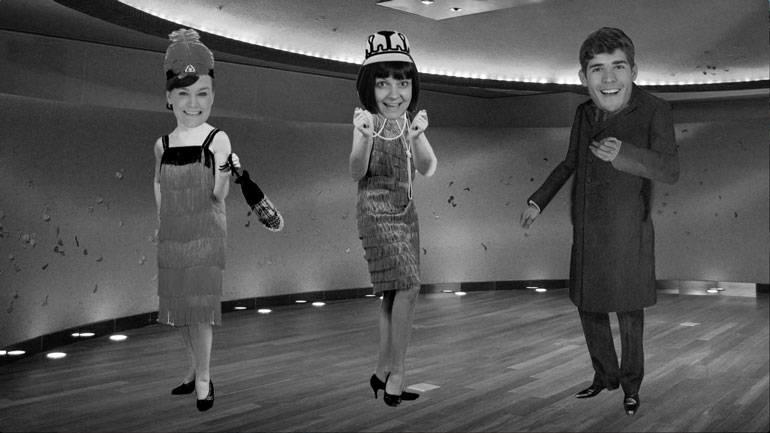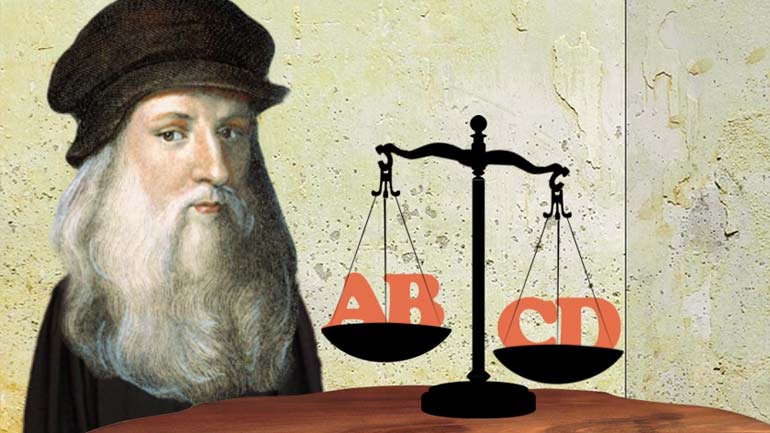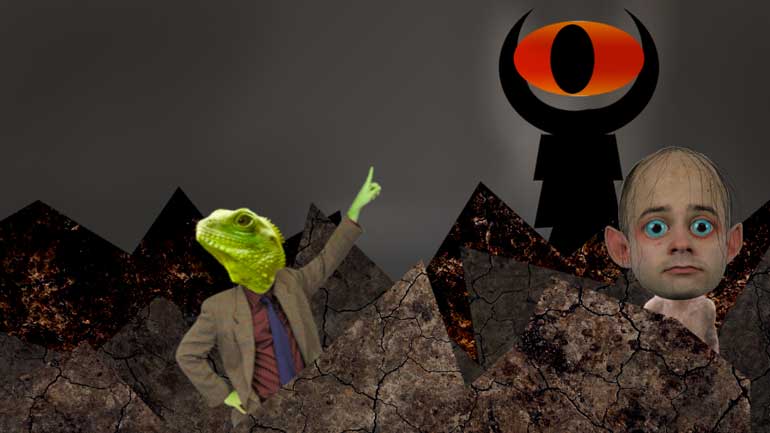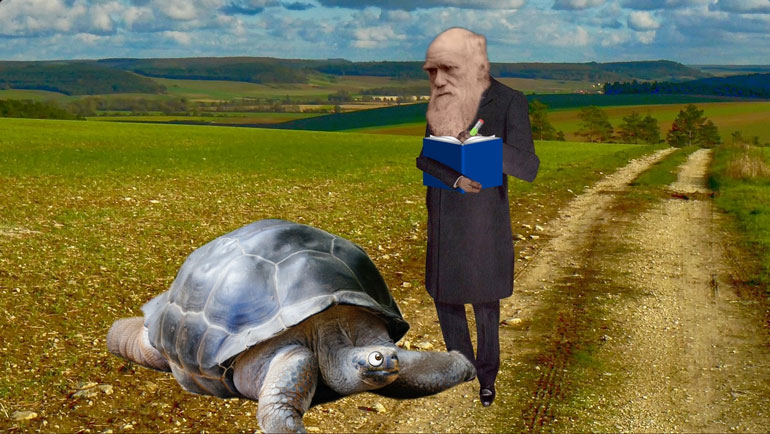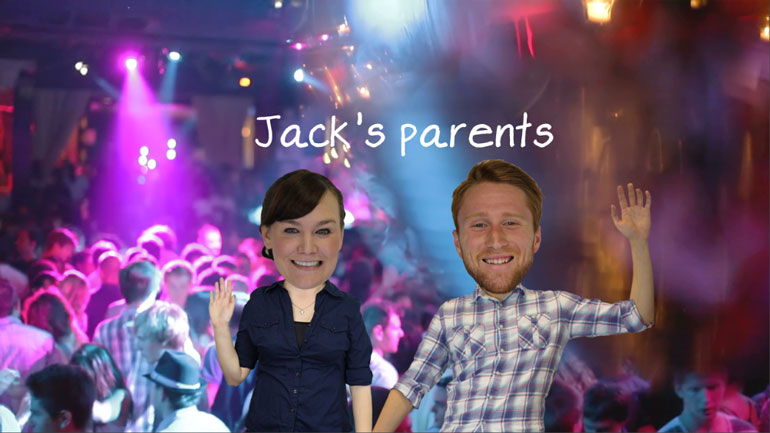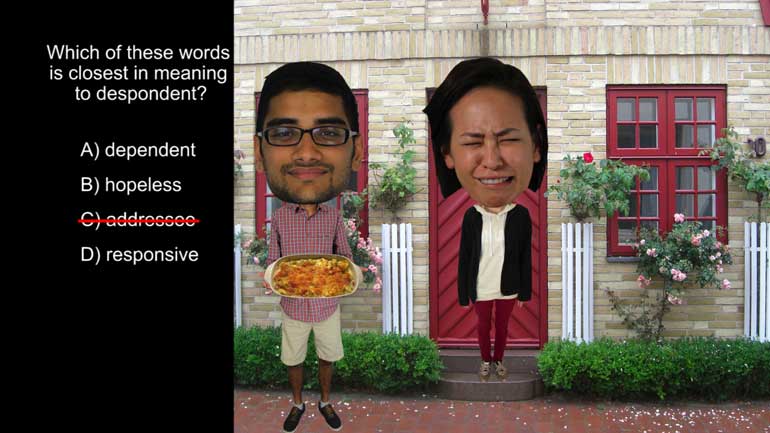ShmoopTube
Where Monty Python meets your 10th grade teacher.
Search Thousands of Shmoop Videos
ASVAB Videos 95 videos
ASVAB Physical Science 5.2. What happens at higher temperatures?
ASVAB Physical Science 5.3. This is an example of what type of heat transfer?
ASVAB Physical Science 6.1. Low voltage and high resistance will result in which of the following?
ASVAB Paragraph Comprehension 4.3 Summary 171 Views
Share It!
Description:
ASVAB Paragraph Comprehension 4.3 Summary. In what context would you expect to see this passage?
More Video DetailsTranscript
- 00:00
[ musical flourish ]
- 00:02
And here's your Shmoop du jour, brought to you by historical food sources.
- 00:05
Because once upon a time, not everything was made from corn.
- 00:09
Check out the following passage.
- 00:11
[ mumbles ]
Full Transcript
- 00:15
[ mumbling continues ]
- 00:23
[ further mumbling ]
- 00:29
All right, in what context would you expect
- 00:32
to see this passage? And here are the potential answers.
- 00:34
[ mumbles ]
- 00:40
Let's get into it.
- 00:41
We can begin by eliminating option B. The Middle Ages
- 00:44
and the Middle East are not the same thing, people.
- 00:46
The only thing they have in common is the word "middle."
- 00:49
And it that weren't enough, this passage,
- 00:51
well, it might be about Middle Earth. That'd be kind of cool.
- 00:54
Yeah, after all, hobbits do love food.
- 00:56
My precious.
- 00:57
Option C is the next to go.
- 00:59
Chronologically speaking, the 19th century was during the 1800s.
- 01:03
And the 1800s were definitely not the Middle Ages.
- 01:06
So it's pretty unlikely we'd find information about medieval food
- 01:09
in a novel about 19th century France.
- 01:11
We can eliminate option D, too.
- 01:13
Although the number of modern day fad diets is immense,
- 01:16
well, we've yet to hear of the medieval serf diet.
- 01:19
But maybe one day, right?
- 01:21
Well, but for now, we can safely get rid of D.
- 01:23
That makes option A the correct answer.
- 01:25
The passage is giving us specific information about
- 01:27
the day-to-day diet of common people during the Middle Ages.
- 01:30
And where might we find that?
- 01:32
Exactly - a book about the life
- 01:34
of medieval common people.
- 01:36
That might be a good place to start.
- 01:38
Now we're off to start our new diet.
- 01:40
We were thinking about going paleo, but, uh,
- 01:42
well, there's no way we're giving up potato chips.
- 01:46
[ belch ]
Related Videos
ASVAB Paragraph Comprehension 1.2 Summary. Which of the following best describes the purpose of this passage?
ASVAB Paragraph Comprehension 1.2 Vocabulary-In-Context. In this passage, the word "illustrious" most nearly means...what?
ASVAB Paragraph Comprehension 1.3 Vocabulary-In-Context. The word "preposterous" most nearly means what?
ASVAB Paragraph Comprehension 2.3 Summary. Which of the following best describes the main idea of this passage?
ASVAB Word Knowledge: Word Roots, Prefixes, and Suffixes Drill 1, Problem 1. Which of these words is closest in meaning to incoherent?























